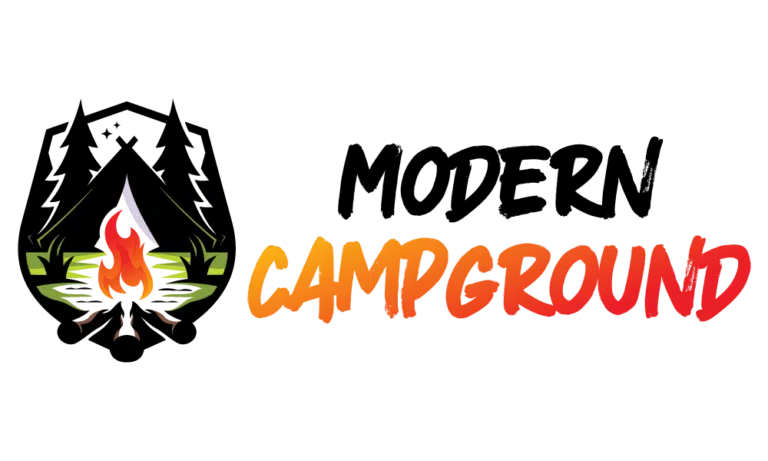The Indiana Department of Natural Resources (DNR) has received a $50 million grant from Lilly Endowment Inc. to enhance Indiana State Parks, aiming to improve visitor experiences and preserve the state’s outdoor heritage. The grant is split equally, with $25 million allocated to Prophetstown State Park and the remaining $25 million designated for projects across the state park system.
Prophetstown State Park, the newest addition to Indiana’s park system, will use its share of the funding to develop a Heritage Area, enhancing the representation of Native American heritage.
Scott Brewer, chair of the Native American Indian Affairs Commission and a member of the Pokagon Band of Potawatomi, said, “We particularly appreciate and look forward to strengthening the connections that help Hoosiers understand and appreciate Native American ties to the land at what is now Prophetstown State Park.”
The other half of the grant will fund various projects across the Indiana State Parks system. This includes $10 million for campground improvements. Additionally, $11 million will replace playgrounds, $3 million will repair historic structures, and $1 million will provide motorized wheelchairs to improve accessibility for visitors with mobility challenges.
Dan Bortner, Indiana DNR director, also emphasized the importance of this investment, stating, “Our parks are places where everyone can come together to enjoy the outdoors, and where together we strive to preserve Indiana’s natural and cultural heritage for future generations. In a world of constant change, this investment helps us protect that cherished, shared heritage.”
Ronni Kloth, Lilly Endowment vice president for Community Development, highlighted that this investment will ensure state parks continue to make Indiana an attractive place to live, work, play, and visit.
“We at Lilly Endowment are pleased to provide this funding to the Department of Natural Resources to help further develop and better tell the history of Prophetstown and enhance parks throughout the state for the use and enjoyment of current and future generations,” Kloth explained.


